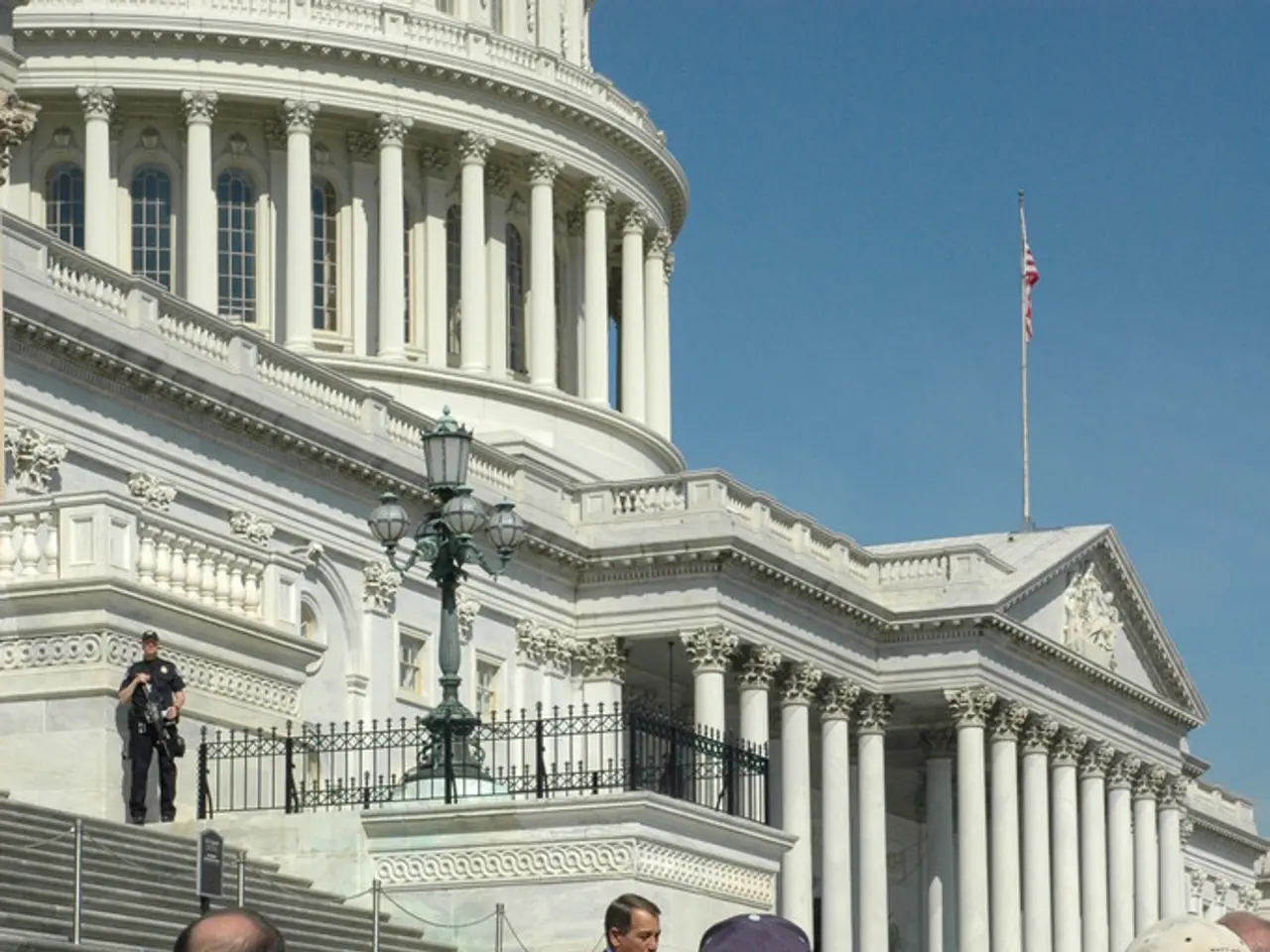Preparing for a Comprehensive Assessment of the CAA: An Overview of Its Key Aspects
Ensuring the safety and compliance of drone operators is a top priority for the European Union Aviation Safety Agency (EASA) and national Civil Aviation Authorities (CAAs). To achieve this, regular audits are conducted to verify that drone operators adhere to safety, regulatory, and operational requirements.
The Process of CAA Audits
The process of CAA audits involves several key steps:
- Documentation and Procedure Assessment: This includes reviewing operations manuals, risk assessments, training records, and ensuring compliance with regulatory requirements.
- Operational Capability Verification: The CAA checks if the operator can safely manage drone flights, adhering to rules on airspace, pilot competence, and operational limitations.
- On-site Inspections and Operational Checks: During these checks, auditors may review equipment, inspect drones, and observe operational practices to ensure compliance.
- Evaluation Against EASA Regulations and National Laws: The CAA assesses the operator's practices against the governing regulations and laws, including any specific authorizations or certifications required.
- Issuance of Certificates or Findings: Based on the audit results, the CAA issues certificates or findings with any required corrective actions if non-compliance is detected.
These audits are crucial for fostering safety and standardization in the expanding drone sector. They provide drone operators with verified credentials to operate legally, thereby ensuring safe drone integration into European airspace.
The Role of Technology
Modern website software plays a significant role in maintaining necessary documents for audits in an organized and structured manner. This software automatically logs flights for audits and allows for the easy export of all necessary documents to a PDF document with a single click.
Preparing for an Audit
The Accountable Manager, Flight Operations Manager, and Safety Manager must be present during audits. Substantive questions are asked to responsible persons during audits, and the CAA may ask questions about the content of the manual and the appropriate protocols and procedures.
The CAA also checks documents such as training and insurance certificates, the Emergency Response Plan, and the maintenance status of drones, including past, current, and future maintenance schedules. The Safety Manager may be asked questions about incident and accident handling, reporting, and compliance with European legislation guidelines.
Improving Aviation Safety
CAA audits are a way to improve the implementation and effectiveness of EASA legislation and regulations. They help ensure that drone operators are operating safely and legally, contributing to the overall safety of civil aviation.
For additional questions about the website software for drone operations, contact forms and scheduled demos are available.
[3] [4] Official EASA and national CAA publications provide detailed information on the latest EASA drone audit checklists and procedural steps.
- The Accountable Manager, Flight Operations Manager, and Safety Manager are required to be present during CAA audits, answering questions about the content of the manual, appropriate protocols, and procedures.
- CAA audits involve a review of numerous documents, such as training and insurance certificates, the Emergency Response Plan, and the maintenance status of drones.
- Modern website software is essential for maintaining necessary documents for audits in an organized and structured manner, automatically logging flights and allowing for easy export of documents as a PDF.
- Proper management of drone operations relies heavily on adherence to EASA regulations and national laws, which are evaluated during CAA audits to ensure compliance.
- By conducting regular audits, the CAA helps improve the implementation and effectiveness of EASA legislation, ensuring the safety and compliance of drone operators in the aviation industry, and aiding in the safe integration of drones into European airspace.




